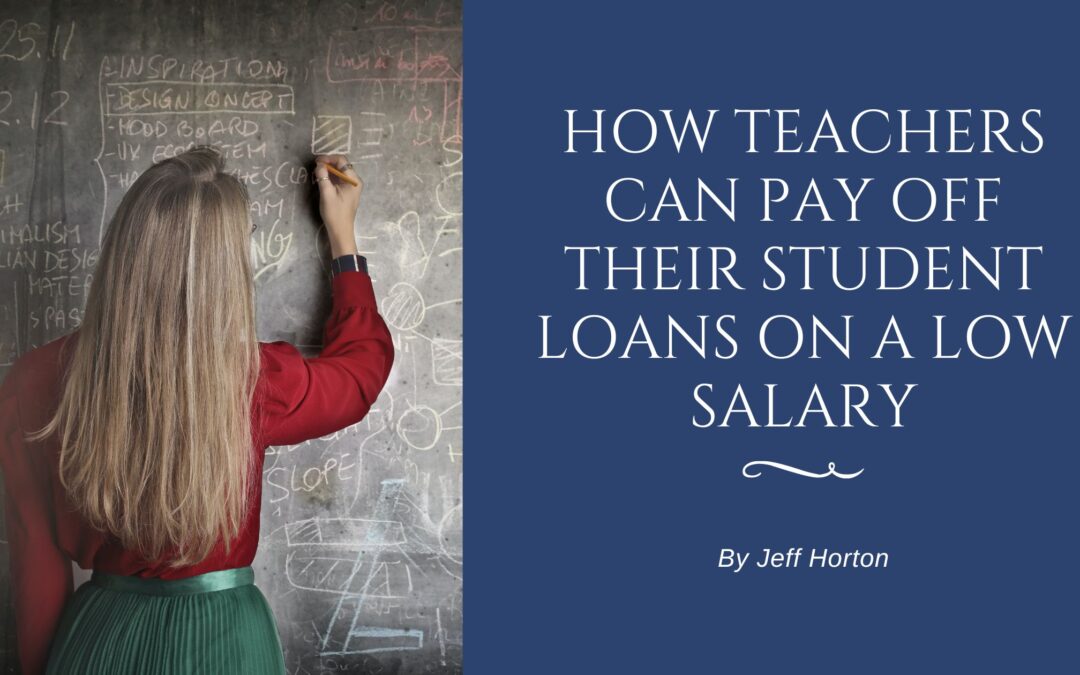Student loan debt can be overwhelming for educators who earn a low salary. The average starting salary for a teacher in the United States is around $39,000, far below the national average income. However, there are ways for teachers to pay off their student loans, even on a low salary.
Income-driven repayment plans
Borrowers may choose from one of the federal government’s income-driven repayment programs per their salary and family size. The monthly payments are capped at a percentage of discretionary income. After 20 or 25 years of qualifying expenses, the remaining balance can be forgiven. Although you will pay more interest over time, these plans can make your payments more manageable.
Public Service Loan Forgiveness
Teachers who work for a qualified public service organization, such as a public school, can qualify for Public Service Loan Forgiveness. This program forgives the remaining loan balance after 120 monthly payments while working full-time. To be eligible, you must make payments under a qualifying repayment plan, such as income-driven. This program can be an excellent option for teachers who plan to work in public service for the long term.
Teacher Loan Forgiveness
For those teaching full-time for five consecutive academic years in a low-income educational agency, you may qualify for Teacher Loan Forgiveness. This program forgives up to $17,500 of your Direct or FFEL Subsidized or Unsubsidized Loans.
Public Service Loan Forgiveness for Non-Profits
Teachers who work for a non-profit organization may also be eligible for loan forgiveness. To qualify, the non-profit organization must be tax-exempt. You can have your loans forgiven after 120 monthly payments while working full-time for a non-profit.
Consolidation and Refinancing
Consolidating your federal loans combines multiple loans into one monthly payment. However, reducing your loans can increase your total interest payments over time. Refinancing your loans with a private lender can simplify your costs and lower your interest rate. Still, you will lose access to federal loan benefits such as income-driven repayment plans, forgiveness programs, and deferment and forbearance options.
Various options are available for teachers to pay off their student loans on a low salary. Income-driven repayment plans, Public Service Loan Forgiveness, Teacher Loan Forgiveness, Public Service Loan Forgiveness for Non-Profits, and Consolidation and Refinancing are all viable options. Understanding each option’s pros and cons and researching before deciding is essential. By taking advantage of these programs and opportunities, teachers can ease their student loan debt burden and focus on their passion for educating students.

